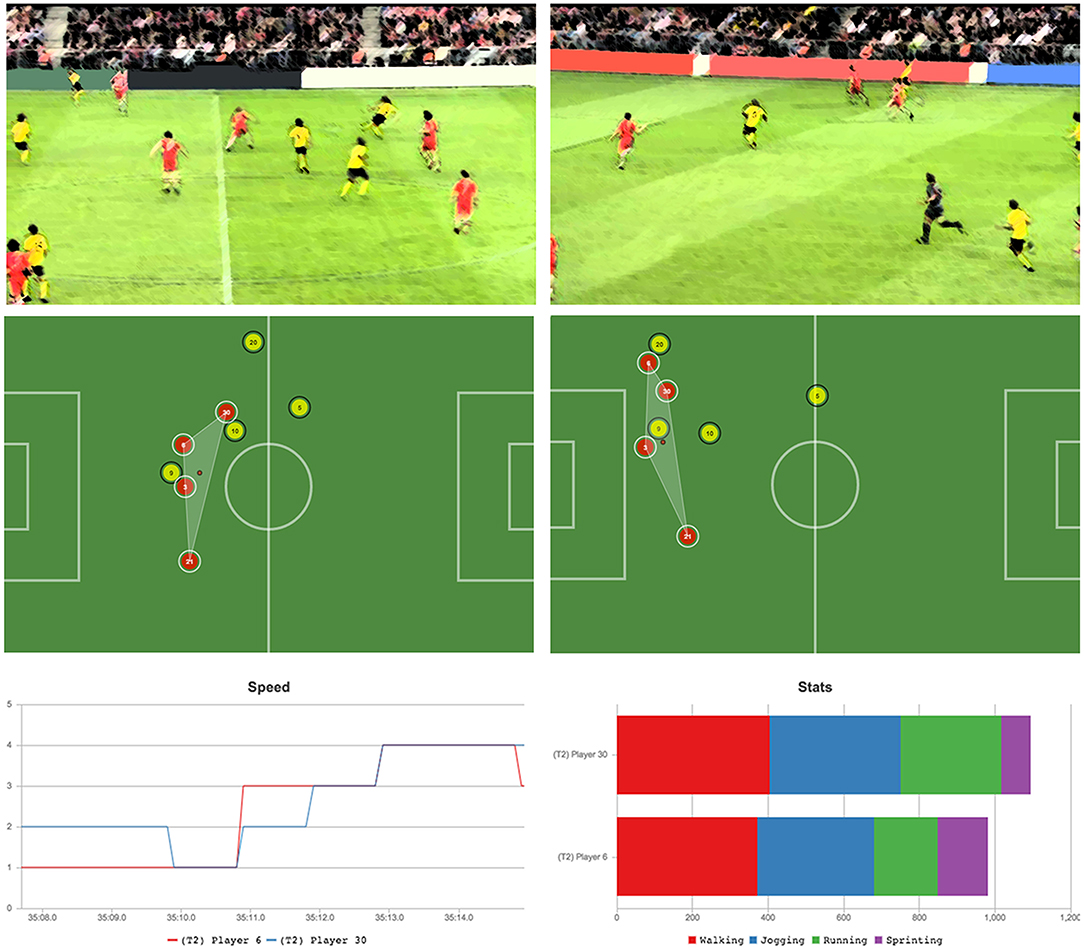Decoding the Beautiful Game: How BBC Analyzes Football Performances to Shape Team Strategies
Ever wondered how your favourite football team seemingly pulls off those breathtaking moves or makes those crucial tactical shifts? It’s not just luck, folks. Behind the scenes, a wealth of data analysis, insightful observation, and clever strategic thinking goes into shaping a team’s performance. And the BBC, with its extensive coverage and analytical prowess, sits at the heart of understanding this complex process. This article dives deep into how the BBC analyzes football performances, revealing the secrets behind their insightful commentary and how this impacts team strategies both on and off the pitch.

The Power of Data: Beyond the Naked Eye
Let’s face it, watching a football match is captivating. The drama, the skill, the sheer athleticism – it’s all incredibly engaging. But to truly understand the game at a strategic level, you need more than just your eyes. This is where the BBC’s data-driven analysis comes in. They leverage a vast array of data points to paint a much clearer picture than what’s immediately visible on the pitch.

Tracking Data: Sophisticated tracking systems capture every movement of every player, providing insights into speed, distance covered, passing accuracy, and defensive positioning. Imagine being able to see exactly how many high-intensity sprints a midfielder makes in a game, or the average distance between a team’s defensive line and its attacking players. This level of detail is invaluable.
-
Passing Networks: Visual representations of passing patterns reveal the flow of play, identifying key playmakers, potential weaknesses in build-up, and areas where teams can exploit opponents. A simple graphic can highlight a team’s reliance on one particular player, or expose a lack of creativity in the final third.

Shot Maps and Expected Goals (xG): These visualizations provide a deeper understanding of a team’s attacking prowess. Shot maps show the location of shots taken, while xG models predict the likelihood of a shot resulting in a goal based on factors like shot distance, angle, and body part used. This allows for a more nuanced assessment of attacking effectiveness, going beyond simply looking at the final score.
-
Defensive Actions: Data on tackles, interceptions, clearances, and blocks paint a detailed picture of a team’s defensive solidity. Identifying patterns in defensive vulnerabilities can be crucial for coaches looking to improve their team’s backline.

Think of the classic example of a team consistently losing possession in a specific area of the pitch. While a casual viewer might simply observe that they’re losing the ball, the BBC’s analysis might reveal that this is due to a specific opponent’s pressing strategy, or a weakness in the team’s midfield passing combinations. This data-driven approach allows for a much more precise diagnosis and targeted solutions.
Beyond the Numbers: The Human Element
Data analysis is a powerful tool, but it’s not the whole story. The BBC’s analysts bring years of footballing experience and expertise to the table, interpreting the data within the context of the game itself. They understand the nuances of tactics, player psychology, and team dynamics.

-
Tactical Analysis: BBC analysts dissect team formations, highlighting strengths and weaknesses in their approach. They might discuss the effectiveness of a particular pressing system, the role of specific players within the formation, or the impact of substitutions on the flow of the game. Remember the infamous "false nine" tactic popularized by Pep Guardiola? BBC analysts were instrumental in dissecting its effectiveness and highlighting its potential impact on future team strategies.